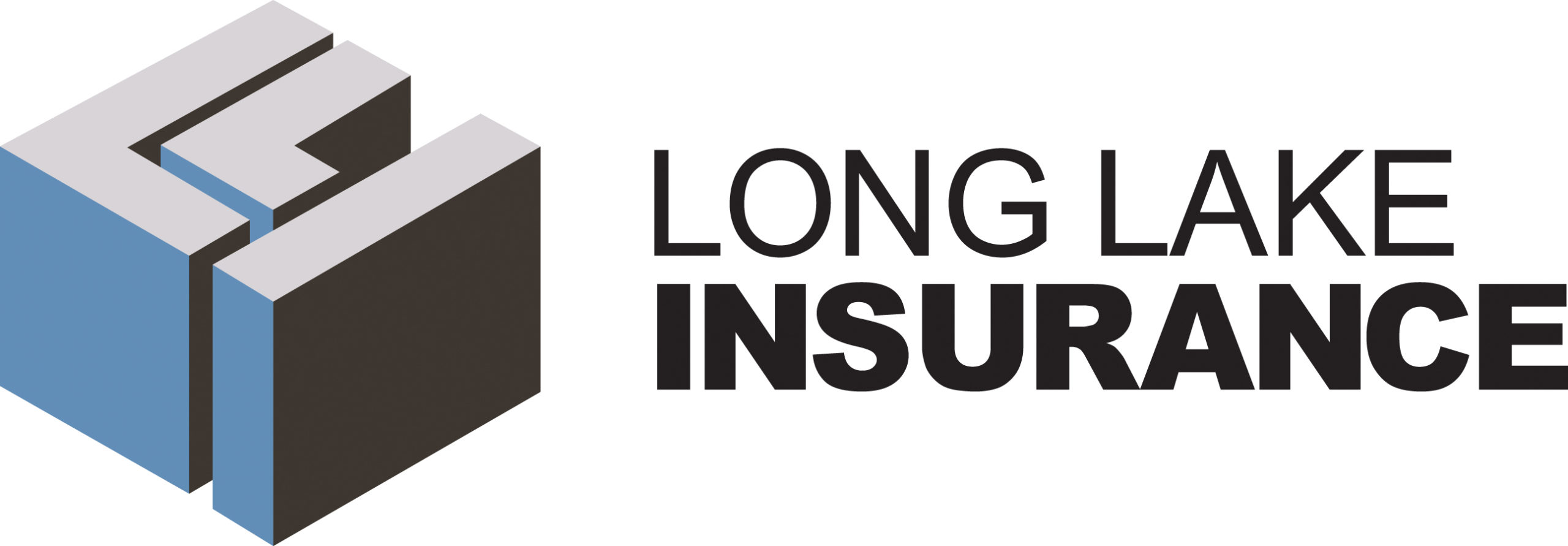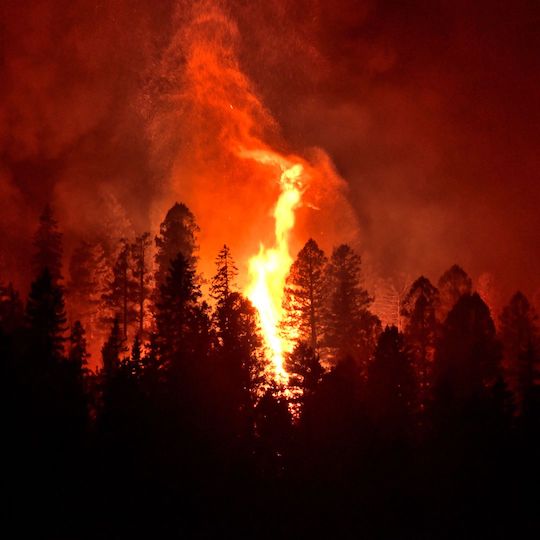News of thousands of residents and businesses being evacuated because of the recent wildfires in Canada has brought home to many Canadians just how quickly disaster can strike, disrupting lives and livelihoods and causing billions of dollars in damage.
Emergency Preparedness? Why should I bother?
It is a lot of work to ‘prepare’ for the unknown, and it’s unlikely it will happen, right? To those in the insurance industry it seems straightforward, but to most people the idea can be abstract, particularly if they have never been through a disaster like many communities are experiencing right now.
Planning and preparation for emergencies can help to not only minimize potential damage, but also lessen the stress of the situation before and during the emergency, make recovery easier reducing the chance of and length of disruption. The insurance institute cites that as many as 40% of businesses forced to suspend operations due to a natural or human-caused disaster never reopen their doors. The one factor that will make the difference between surviving a business interruption and going out of business is preparation.
Misconceptions about Emergencies
Some people think that emergency preparedness is taken care of by the government. All levels of governments have some capacity for emergency preparedness and recovery, however it is more likely that their coverage will support infrastructure recovery and emergency aid, and not the recovery of individual residences and businesses.
Take earthquake coverage for example; there are a lot of people who don’t feel it’s necessary even if they live in an earthquake prone area. They believe that the government will step in when a quake happens. Historically, governments do not step in when coverage is readily available in the market.
Individuals and business owners also need to focus on emergency preparedness so that communities where they live and work in are more resilient, making the rebound smoother and faster. The types of steps needed in order to prepare for disaster depends on the potential dangers and risks you may be facing. The most likely causes of natural disasters in Canada are flood, wildfire, wind, winter storm, and earthquake.
Creating a Continuity Plan
- Define potential risks and ascertain how those risks will affect operations.
- Implement preventatives and procedures to minimize those risks. Ex: offsite
- Backup for computer systems for Testing these procedures to ensure they work.
- Review the processes periodically, updating as needed to accommodate new facets of your business.
The goals of your business continuity plan are to:
- Keep employees, customers, contractors and others safe during and after such an event.
- Maintain customer service by minimizing downtime. Do you have an alternate address for quick relocation? Are your computer and telephone systems able to be redirected?
- Protect your organization’s reputation and image in the face of your customers.
- Safeguard the interested of your key stakeholders, your reputation and your brand by providing a framework for organizational resilience and an effective emergency response.
Business owners must face the reality that a disaster can happen and it can create a serious business interruption. Commercial Property insurance would help you rebuild your physical infrastructure, but are you equipped to deal with lost revenue and increased expenses while you work to restore operations?
For more information on how we can help you build a Business Continuity Plan, contact a Long Lake Insurance Advisor today.

